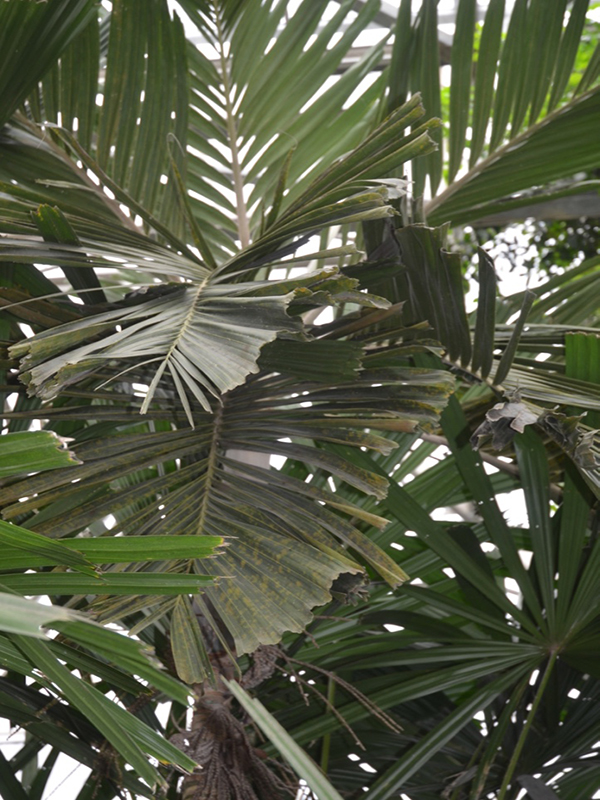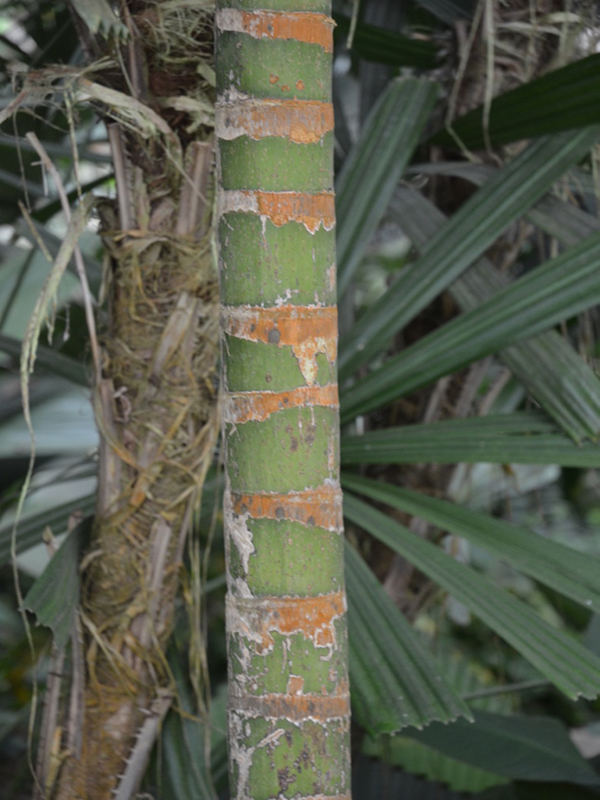| General Description | A single-stemmed, evergreen palm tree, capable of growing eventually to a height of about 15 metres. The unbranched stem can be 15 - 25 cm in diameter, crowned with a rosette of 10 - 15 leaves that can be 2 - 3 metres long. In the far north of its range, especially on infertile soils, the plant often has a short, subterranean stem instead of an upright stem. |
| Propagation | By seed. |
| Cultivation | Prefers a sunny, well drained position in poor coastal sands. Established plants are drought tolerant. A slow-growing plant when very young, speeding up somewhat once planted out. |
| Notable Specimens | Queen Sirikit Botanic Garden, Mae Rim District, Chiang Mai Province, Thailand. |
| Habitat | Atlantic rainforests, mainly in the more open, secondary growth areas. |
| Bark/Stem Description | Rough and solitary natured, and reaching over 15 m at 25 cm wide, usually covered in old leaf bases. |
| Leaf Description | Pinnate, feather shaped, medium sized 2.5 - 3 m, and the undersides of the leaflets are silver. This palm holds its leaves very upright. |
| Flower Description | A pendulous, solitary, interfoliar spike, unbranched, with an elongated peduncle and a tubular prophyll. |
| Fruit Description | Greenish-brown, almost globose fruit is up to 45 mm long and 35 mm in diameter, containing a single seed. |

